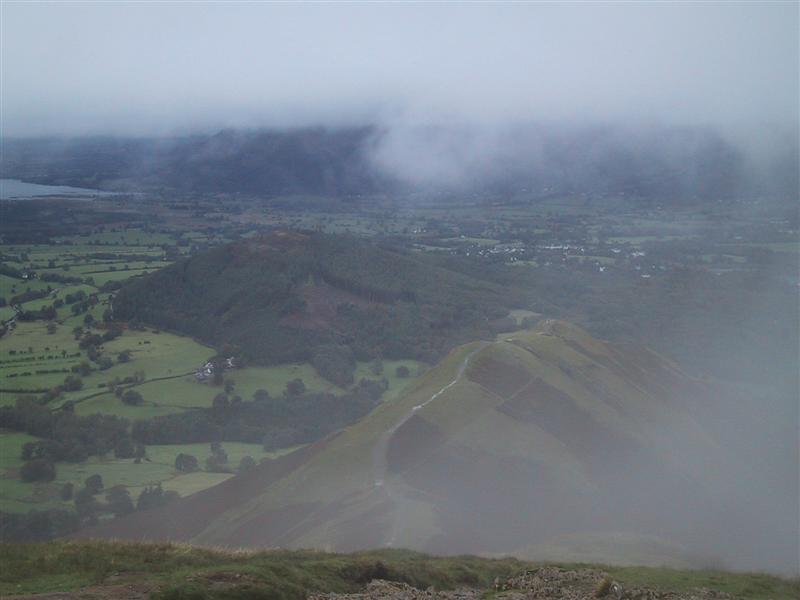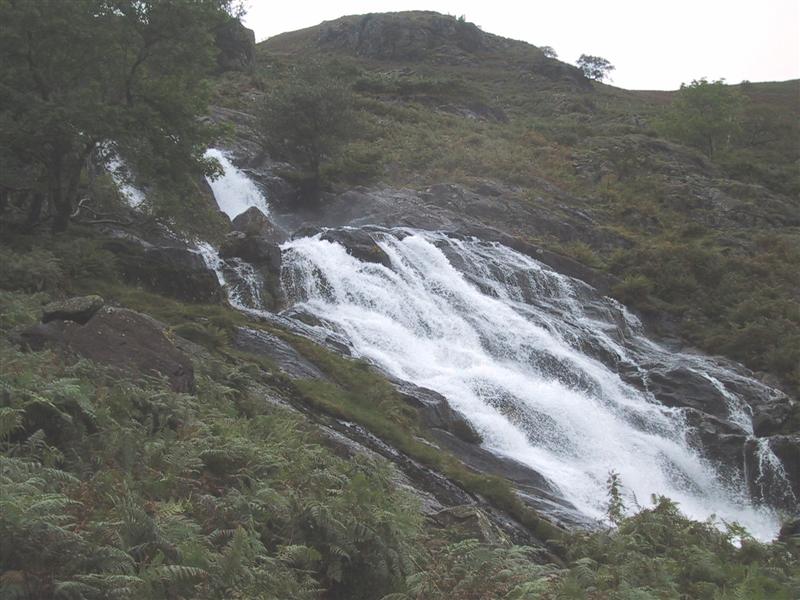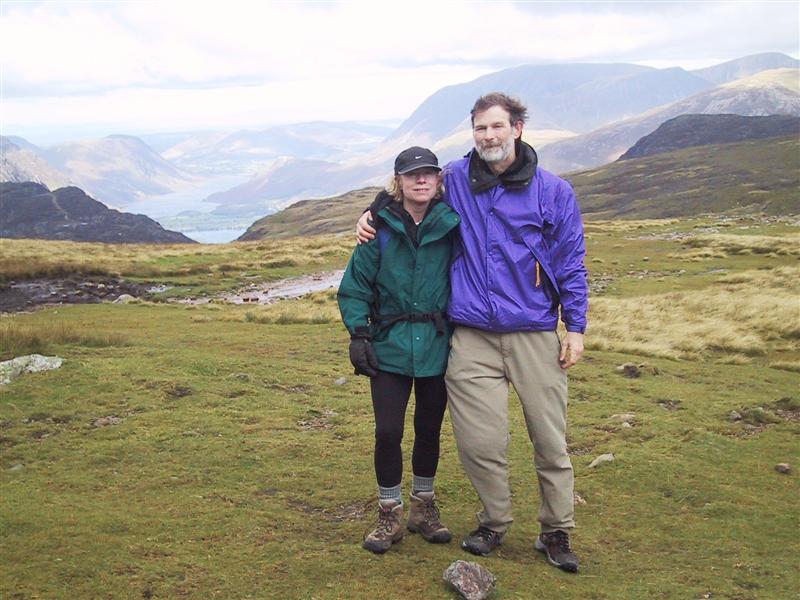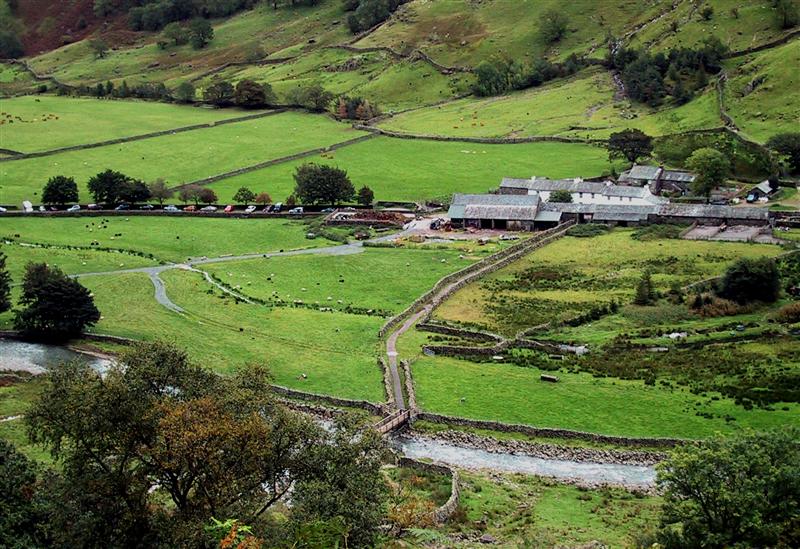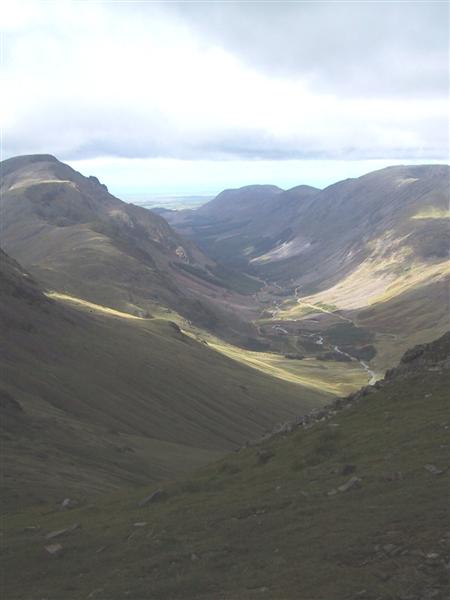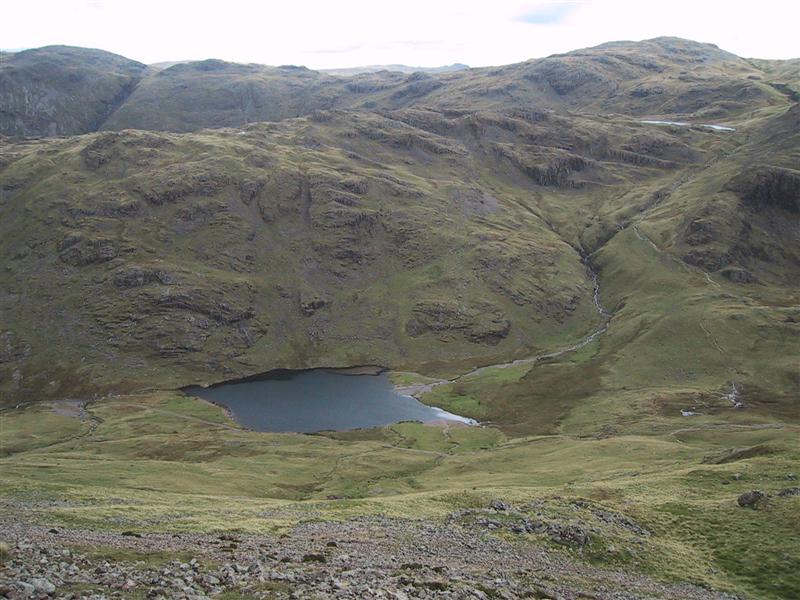A week in England, including two days of hiking in England’s Lake District, which is actually also as close as England gets to a Mountain District.
I bought a big umbrella at Cotswolds in London. It was heavy as a walking stick, but its shelter was welcome more than once. It survived blasts of wind that crumpled the “windproof” umbrella I bought at REI.
Two good hikes, one on a day of hard rain and blustery winds.
There’s always lots of water in the Lake District.
The second day was as fine as anyone could ask for – temperature in the 60’s, mild breezes, partly cloudy with just a few minutes of haze in mid-afternoon.
We started from the tiny village of Seathwaite and climbed to the peak of Great Gable.
It is a marvellous hike up a steep trail, along an isolated glacial valley, and up to the peak of Green Gable and a stirring traverse across Windy Gap with incredible views of the bold rock face of Great Gable. Then a steep scramble to the peak.
We came down a different route through a valley with a large tarn giving out into a swift-running stream.
